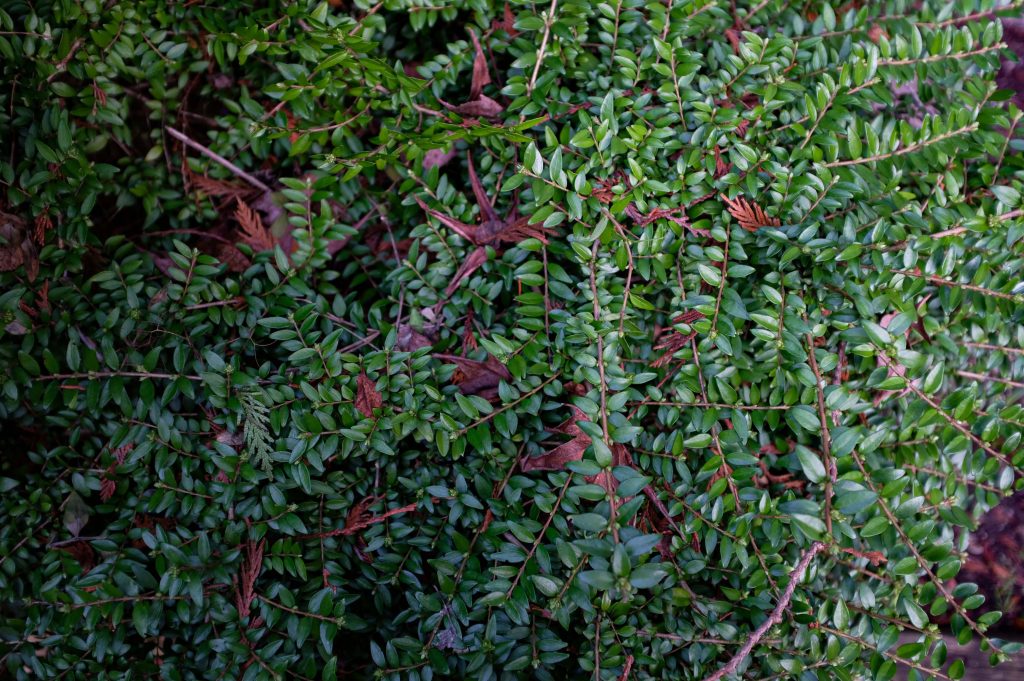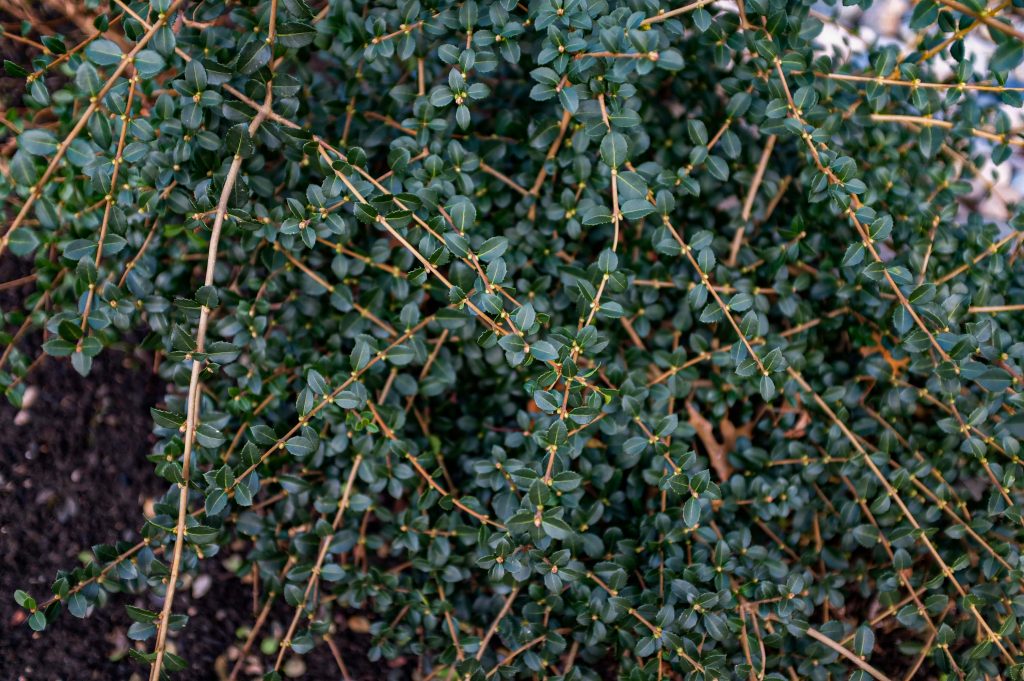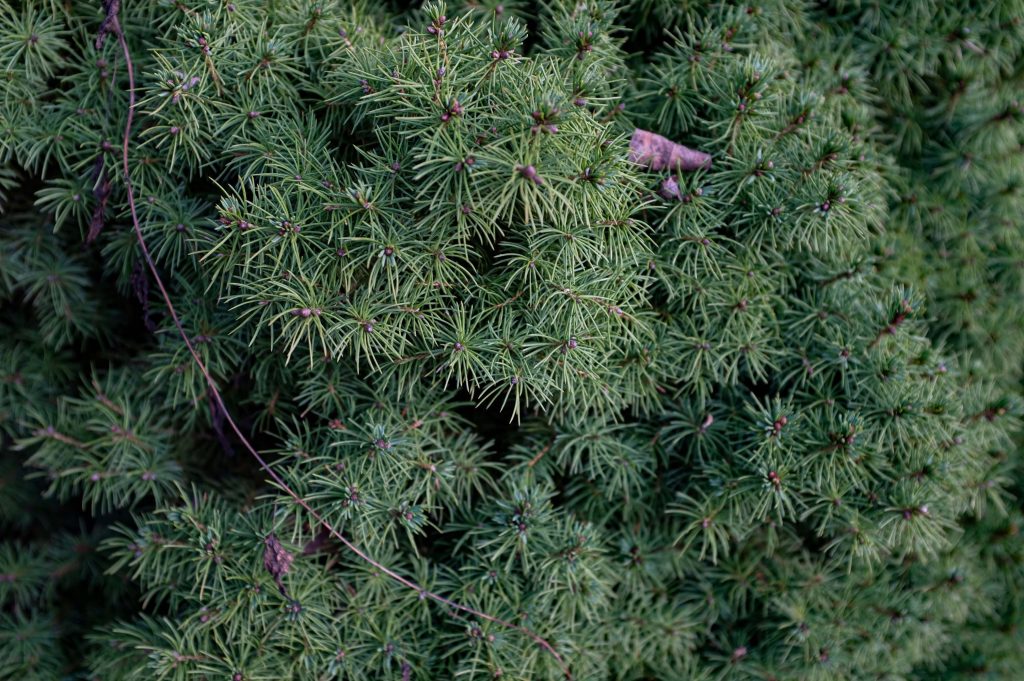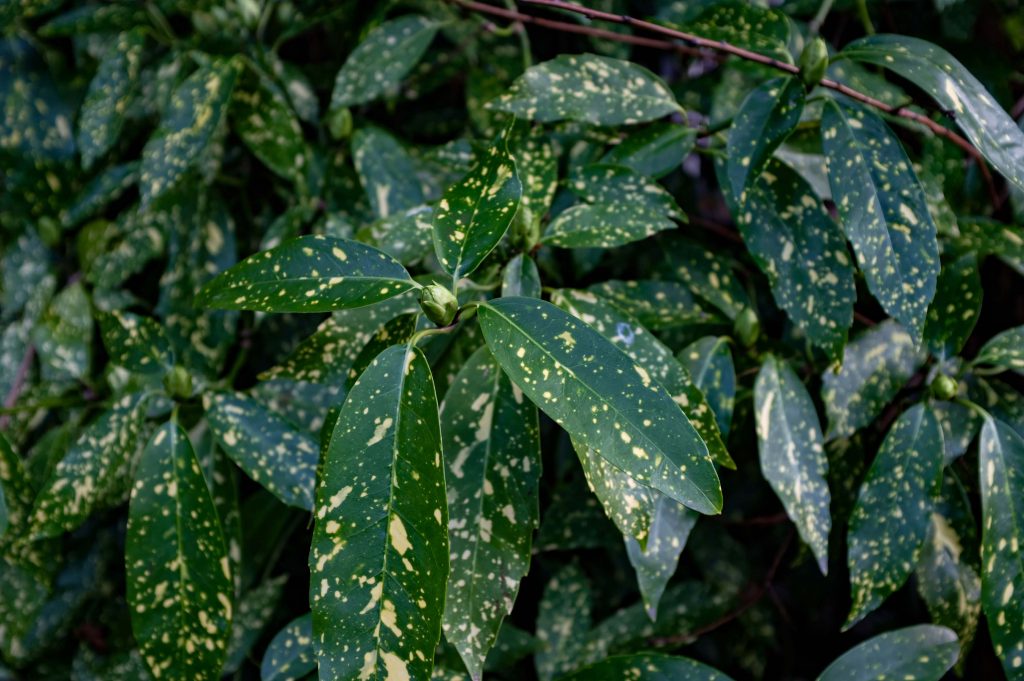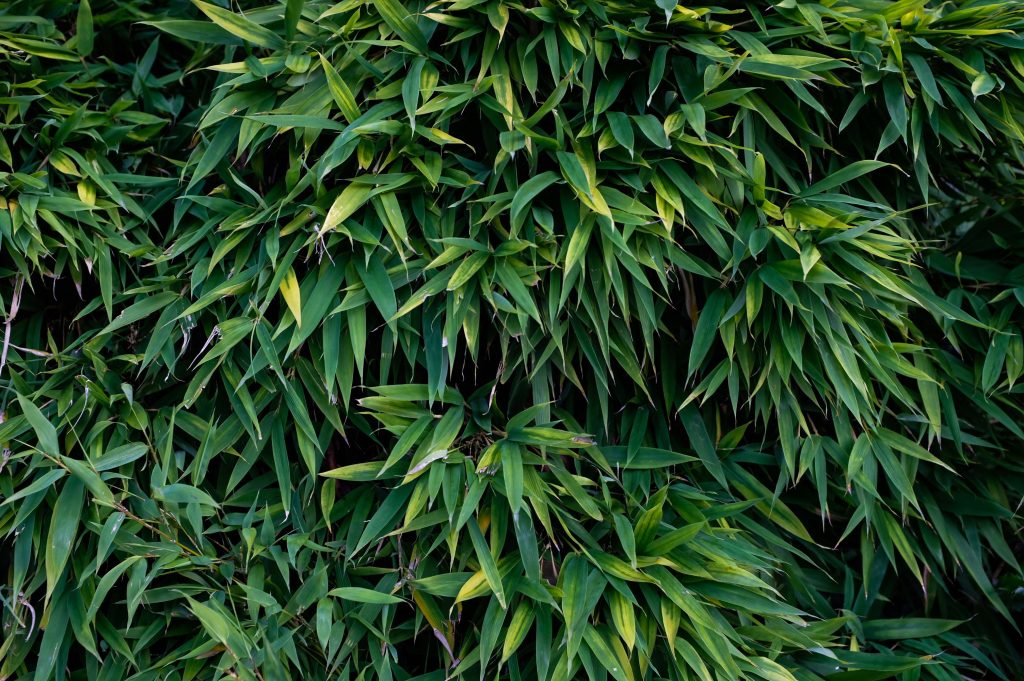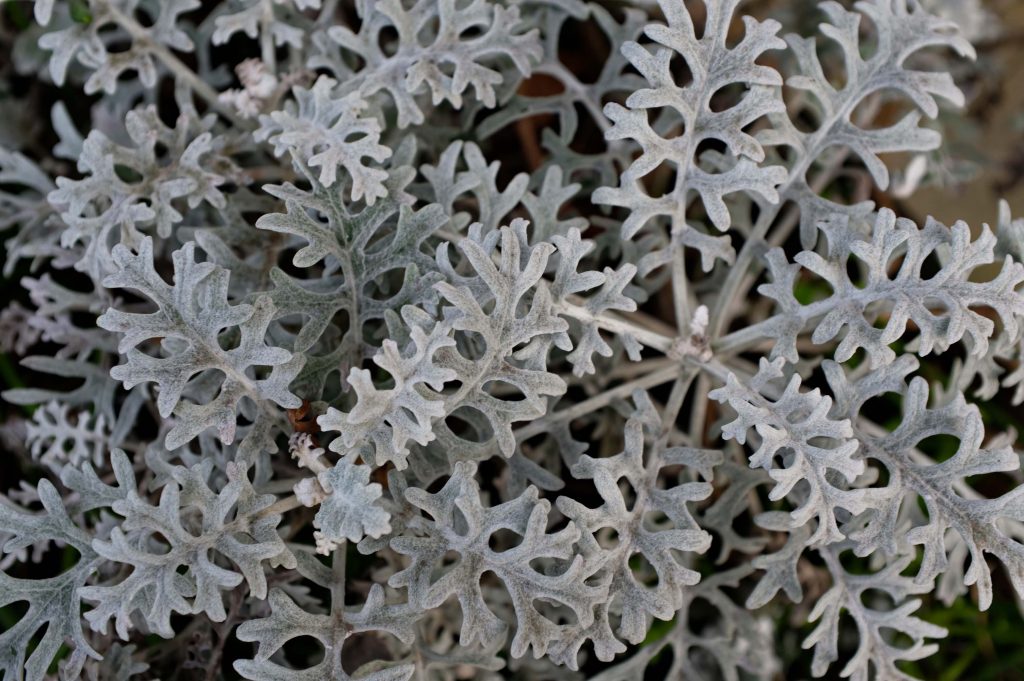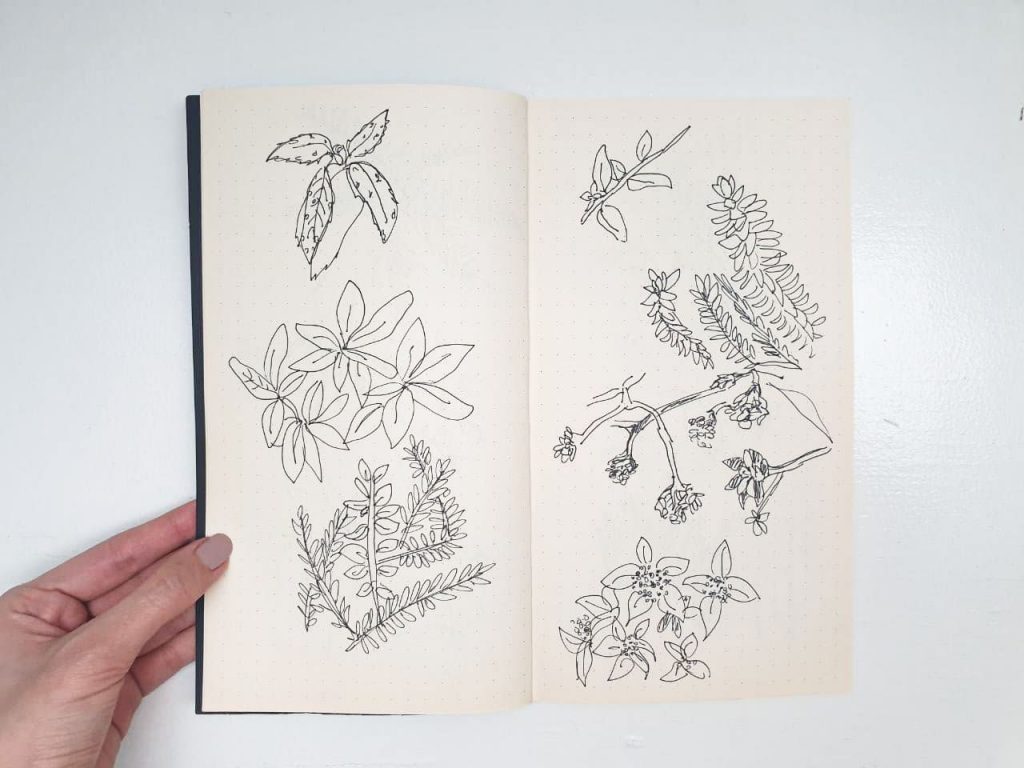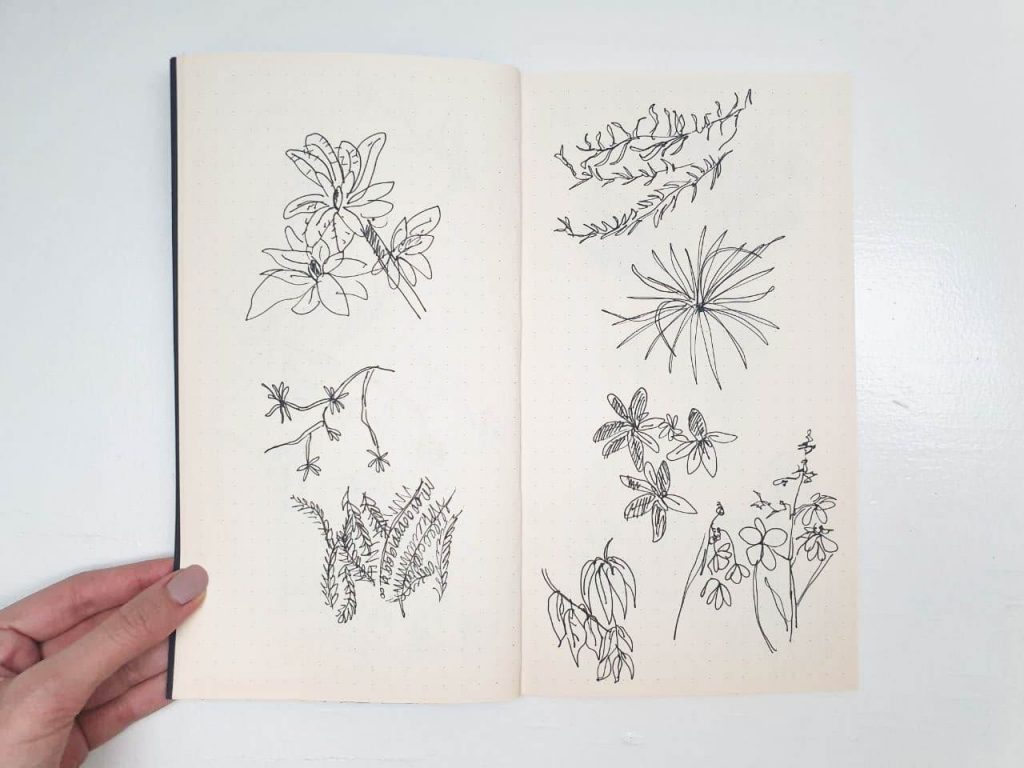New semester, new town, new home.
This semester started while I was in my mandatory BC quarantine in a hotel. I moved twice before settling down in my current home. After finally being able to go outside, as I had predicted, I was mesmerized by the abundance of greenery and nature that Vancouver offers.
For our first studio assignment, we were asked to fill out “Passion Prism”(by Haig Armen). I found myself intrigued by the issues of consumerism, waste, and climate change and their intersection with my passion being nature, digital culture, technology, and photography.
Starting from where I left last semester and being interested in my very new natural surroundings, I was thinking how I can get to know them. I was at my second accommodation in Kitsilano, a super green neighborhood, when we were assigned to our first project. My inquiry was an internal question I was having constantly as I was walking around our house. “What is this plant?”, “what is this sound?” I was fascinated by their diversity and as a recently-arrived immigrant, it almost felt like a childish/naive mindset to have this great curiosity about everything around me.
Scaling out from my little questions, I was thinking how much do we know about our surroundings?
How much do we know about the wildlife around us?
How has this knowledge changed during the past recent decades?
How would this knowledge contribute to our way of life?
How can we learn this knowledge effectively? I can google a plant and learn some info, but it would be much harder to remember or keep that knowledge if I’m not constantly in touch with it.
Have we lost touch with nature? How did we got disconnected? And how can we reconnect again?
So many questions about outside made me to pursue a simple task. I decided to map out the plants I see on my way from our then home to the bus station. I didn’t know anything about them, I just took their pictures. I had about 30 pics for a 350m of distance.
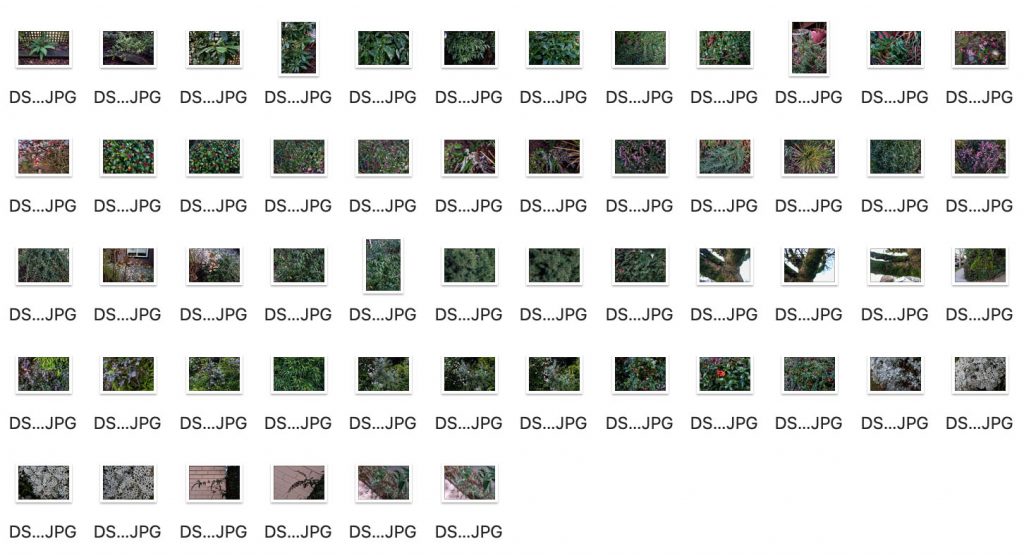
I decided to make a visualization and map the plants in the order I saw them.

What now? I thought to myself. Should I google them? Should I search their scientific names? I knew that I couldn’t possibly learn about all of them in one session and my efforts would be useless in a way. I thought what if I didn’t have a tool like Google or an app? How would I explore them then? Perhaps by using my senses. Looking, touching, smelling, drawing… . I wanted to go back and investigate each one, acting like a botanist maybe. But we moved again! I didn’t have access to those plants anymore. I decided to draw them instead. Learning about their shapes and textures. I did quick sketches, nothing fancy or detailed. I wanted to document my initial visual image of them and how I would remember them instantly.
How has technology affected our way of learning about our natural surroundings? What is missing from this experience that makes it much harder to maintain this knowledge? How can technology facilitate the alternate ways of learning this knowledge?
These are the questions I want to explore further in my next project.
Further reflection:
Drawing natural elements / nature has been soothing for me. I did these sketches while I was really tired at the end of my work day, however, they didn’t consume my energy and were rather therapeutic to do. By drawing them, I wanted to study their shapes and patterns, but I ended up enjoying the action of “drawing” itself. These sketches have a personal touch to them, they don’t perfectly represent the plants I saw like the pictures, but by viewing them again, they make me curious. They trigger imagination. What are they? What’s their color? What’s the story behind these sketches?
Could this lead to a new way to explore flora and fauna, through a more personal lens rather than a generic picture?
How would this exploration change if I use a digital device to draw?
On nature representation:
Jana Thierfelder, Page 69-70, Design and Nature: A Partnership
“The way in which nature is visually represented to the public impacts people’s behaviour towards nature. These prevailing representational practices and their consequences, thus, have to be reflected on and critically rethought with the help of designers….. Rather than representing nature as something that can easily be dealt with by employing the correct scientific methods, new images of nature should point out its intrinsic value, independent from fulfilling cultural, innovative, and scientific interests.”
